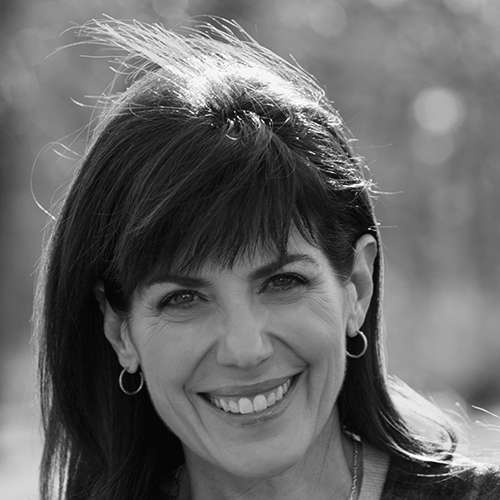
Jean Chatzky
Founder, Her Money
Jean Chatzky founded Her Money, a podcast and website about finance for women, as a judgement-free zone for women to discuss money.
“I have given a lot of lectures to big groups of people and one of the things I’ve noticed is when I have a group of women together: we feel more able to open up and ask the questions that are on our minds,” Chatzky said.
Women face unique financial concerns, which the pandemic has hammered home, Chatzky says.
“We earn less,” she said. “We are the ones who leave the workforce to care for kids or older parents, so when we get to retirement, we have lost in the way of assets and social security credits. Then we need to make that money last longer because we outlive our spouses.”
Adding to your financial toolbelt
Despite these greater challenges, listeners of Her Money are looking to gain the same financial tools as anyone else.
“What I hear from women is the urge to learn the skills we need to take care of ourselves,” Chatzky said. “They want to learn more about investing and being a smart investor, as well as the tools needed to deal with the basics of money management.”
Her Money offers women tools to help reach their financial goals, including FinanceFixx, a newly launched, eight-week coaching program for people “who feel they’re a little chaotic in their funds,” Chatzky said. “They want to spend less, they want to save more, and they want to do it this year.”
When it comes to investing, Chatzky demystifies the process with two simple tips.
“The first and the most important thing is the amount you save,” she said. “Just like you can’t out-exercise a bad diet, you can’t invest your way out of a savings shortfall. You don’t want to make up for a lack of savings by taking too much risk. You’ve got to get to where you’re saving enough; 15 percent of whatever you earn.”
Secondly is understanding asset allocation.
“It’s the amount you put in the bucket of stocks and bonds and cash,” Chatzky said. “You can do all that by putting your money into a few different index funds, total bond market index funds, or ETFs. But it does not have to be complicated.”

